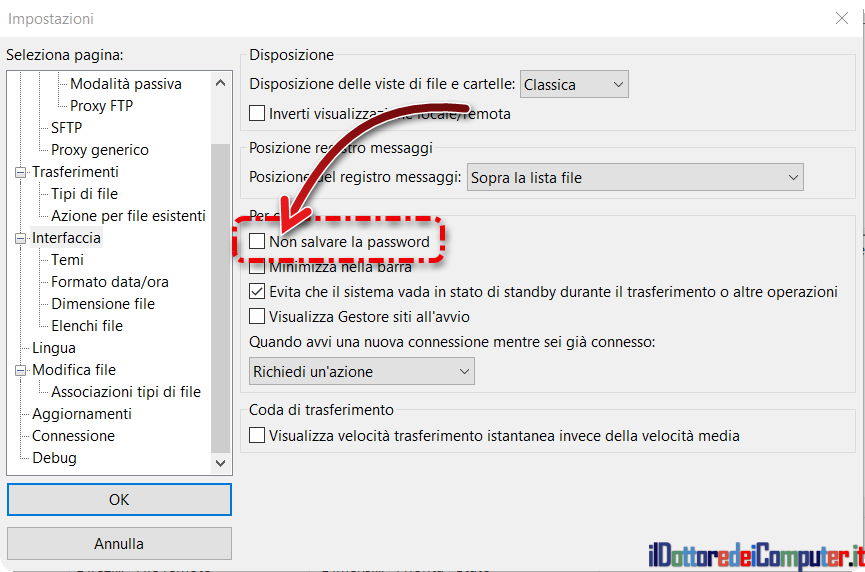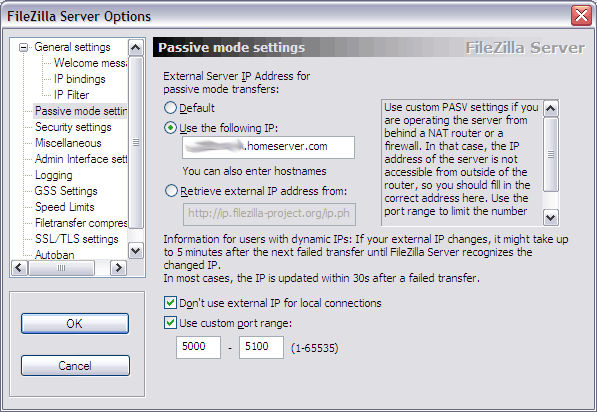

- #CANNOT REMEMBER PASSWORD FOR FILEZILLA UBUNTU SERVER HOW TO#
- #CANNOT REMEMBER PASSWORD FOR FILEZILLA UBUNTU SERVER INSTALL#
- #CANNOT REMEMBER PASSWORD FOR FILEZILLA UBUNTU SERVER SOFTWARE#
To do this:Ĭlick on the button to download the client.
#CANNOT REMEMBER PASSWORD FOR FILEZILLA UBUNTU SERVER SOFTWARE#
The first step to using the software is downloading and installing it onto your computer. Essentially, you can create a backup copy by downloading all of the files from your website. This can be very beneficial when you need to recover from file corruption thanks to malware attacks. In addition, these programs also help you create a mirror of the site on your computer system. Once the files are created, you can easily upload them to your FTP hosting account.

Many developers use these kinds of tools in order to work on webpages offline. This means you can remove, change, delete or upload modifications to your site from your computer. The use of FTP software can give you access to files on your website directly. Why Use FTP Programs to Make Modifications? Thanks to cPanel, making these connections is much easier.
#CANNOT REMEMBER PASSWORD FOR FILEZILLA UBUNTU SERVER HOW TO#
In this guide, I will show you how to use FileZilla and what it can do for you. FileZilla is one of those free programs that gives you control over the files which make up your website. From uploading images to downloading all of your files for backups, FTP software can make it happen. Upon seeing both files exist, I know the following things: 1) I have the password working, 2) it matches my putty login password, 3) sshd is accepting connections and working, for both SSH and SCP (SFTP).File Transfer Protocol can be a very useful tool when you need to make direct changes to your website. I then used SCP (remember SSH and SCP operate on the same service) to copy it to a new file. What I’ve done here (and you can do as well) is created a simple, empty file. $ scp newfile Permanently added '127.0.0.1' (RSA) to the list of known hosts.

Log onto your server as mc (non- root user). I know you’ve said you’ve purged the rest, but we understand you’re learning, and right now we can’t take it for granted that previous package installs aren’t impacting your success. We’re unfortunately stabbing in the dark because even simple things like 'are we sure it is openssh-server currently serving on port 22 is unclear to us.sshd is the service name (use for service). Openssh-server is the package name (use for apt-get). Just for recap though (both for reproduction purposes and/or for finding out what may/might have gone wrong and where and how to potentially undo/fix it), after getting everything up and running, the moment you begun to focus on the ftp/sftp portion of this, what exactly did you do and in what order/steps? If it still doesn’t work afterwards though the best I can do is attempt to replicate the issue in a virtualized environment, though it may not turn out the same but I can try anyway whenever I’m less tired (I apologize if sometimes I may seem a bit harsh at times, it’s not intended, I’m just tired and it doesn’t help when you’re in the scenario that I’m in almost daily in real life).
#CANNOT REMEMBER PASSWORD FOR FILEZILLA UBUNTU SERVER INSTALL#
Alright, seems like a fairly “normal” openssh session though can probably be simulated by others/alternatives, however to check whether a service is up and running or not would be via service status (much like how you start and stop them), and with purging since you did have everything else working, based upon everything posted so far I’d say purge openssh* fail2ban vsftpd then install openssh-server again and then things should pretty much just work unless there’s something else relevant not indicated or referenced.


 0 kommentar(er)
0 kommentar(er)
